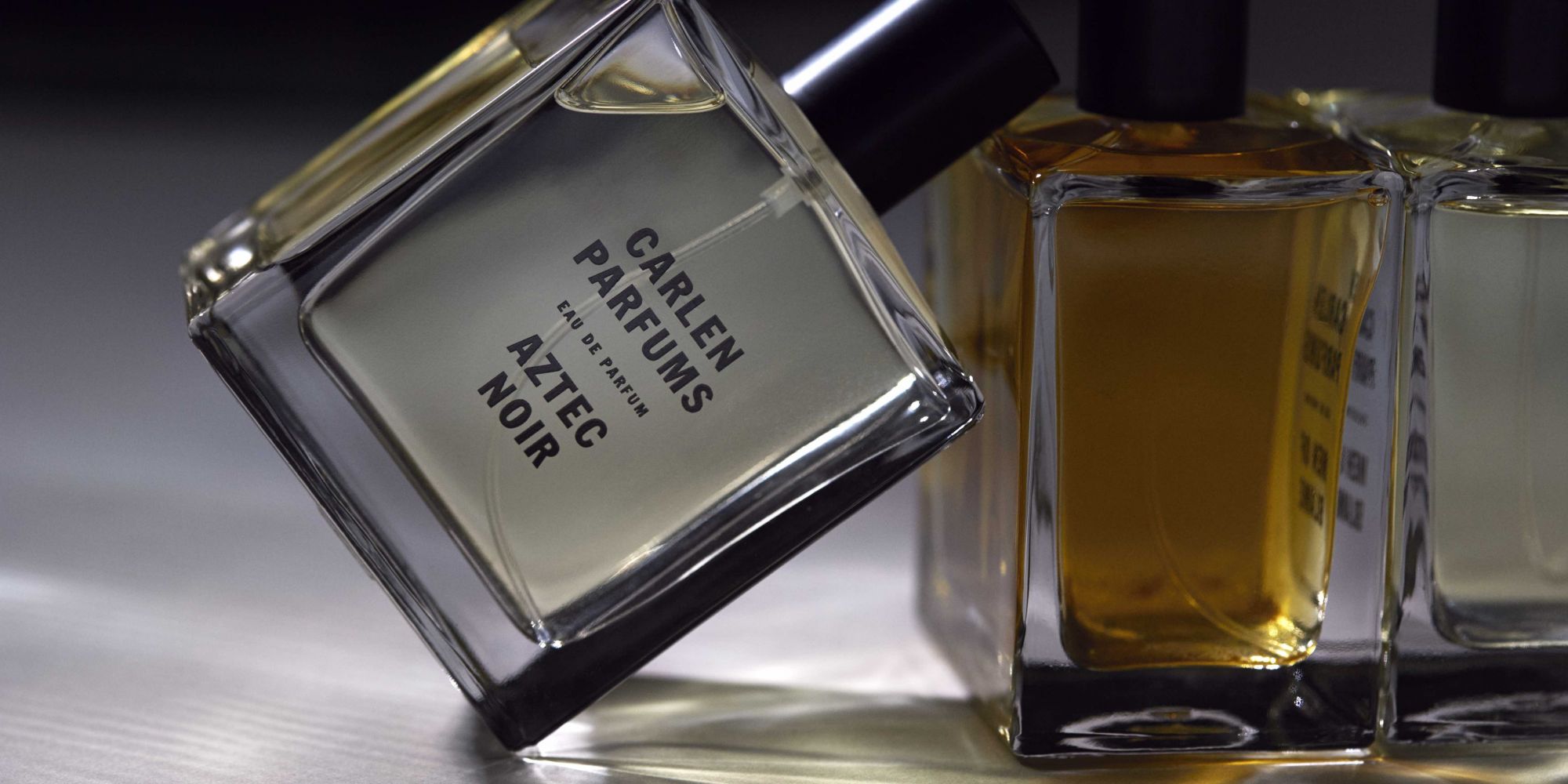
Smudging, The Ancient Cleansing Ceremony, Has Sparked The Most Millennial Of Modern Fragrance Trends
In an age when cars drive themselves, robots clean floors and faces unlock phones, a large portion of the population (read: millennials) has suddenly become enamored with all things ancient. Smudging is case in point.
Once considered the realm of the outermost margins of wellness cults, smudging is the act of burning certain woods, resins, herbs or incense as a form of ridding the air of bad juju and promoting good energy. “Smudging creates a cleansing smoke ‘bath’ that is used to purify the body, energy, ceremonial/ritual space or any personal items,” explains Michelle Keinan, founder of the New York City members-only healers network City Wellness Collective.
Smudging has graduated from new-agey mall shops to some of the chicest spots around. Nail polish joint Chillhouse, which describes itself as a modern escape for urban dwellers, burns palo santo wood at the counter. Anthropologie sells bloom-bedecked sage sticks, and Gwyneth Paltrow helped make a $345 incense burner. With smudging moving from the fringes to fashionable flocks, there’s another category getting smoke in its eyes — fragrance.
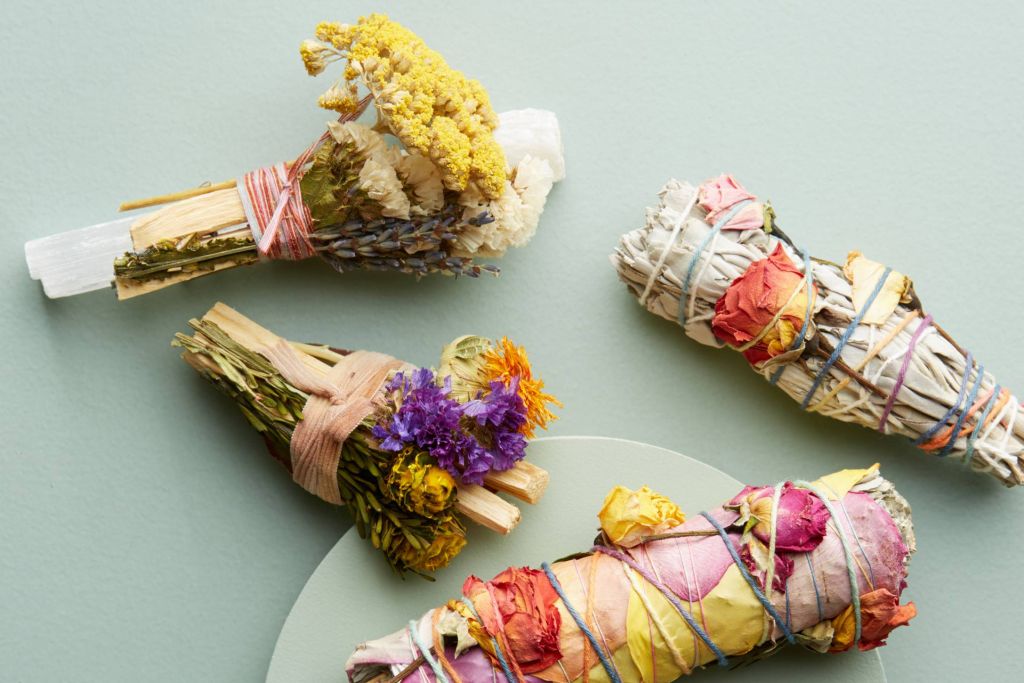
A bevy of perfumes and sprays have hit the beauty segment showcasing mystically-linked ingredients, including sage, copal, myrrh, frankincense, sweetgrass and palo santo, prominently in their juices. Heretic Parfums’s eau de parfum Smudge, for example, is billed as “a liquid version of the traditional smudge stick [that] features ample amounts of sacred ingredients [for] an inspiringly smooth, subtle concoction. Bad vibes be gone!” From Molly With Love’s White Sage Smudge Spray has become a surprise hit for the natural beauty brand.
“It’s taken off in a way that I didn’t quite expect. For a lack of a better word, the woo-woo spiritual yogi lifestyle has become very popular, and that has contributed to people being interested in it,” says Molly Beane, founder of From Molly With Love. “It also smells freaking good, and it offers an alternative to burning sage, which can be intimidating, and there are people that don’t like to do it.”
Similar to many millennial-driven movements, smudging’s antecedents predate selfies and Goop. “When you look at a note like sage or incense, they have been used forever,” says Raymond Matts, the perfume designer responsible for the iconic scent Clinique Happy. “If you go way back to [the birth of perfumes], these notes were used because we didn’t have the palette of notes that we have today. It was a classic style of perfumery where they had [only a few notes] so they made good with them.”
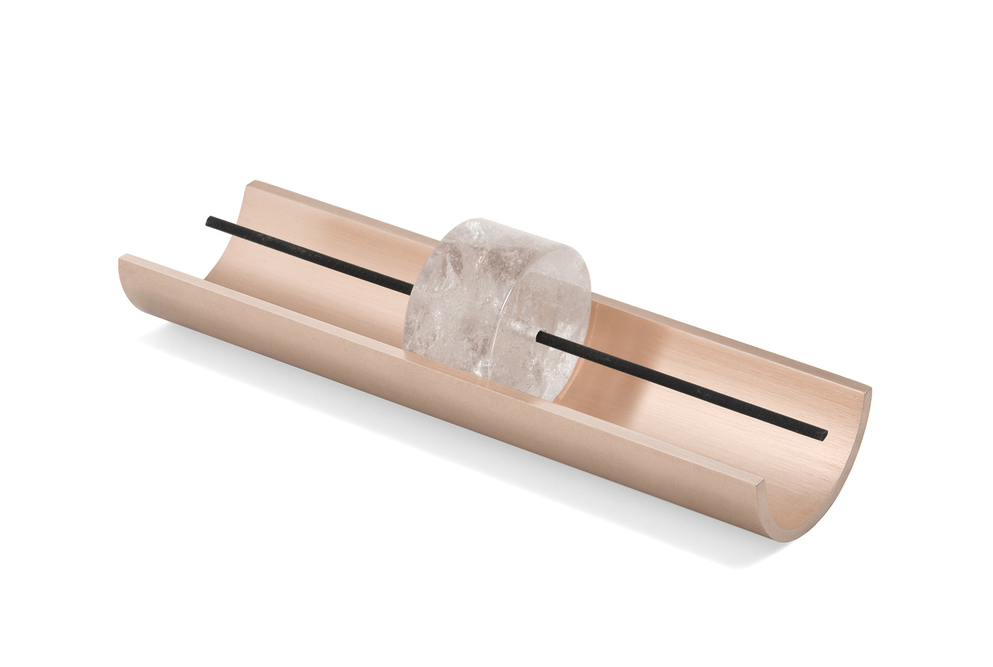
What has changed since those early days, posits Matts, is that these notes are not used by necessity, but rather as a part of an olfactive journey. And, as consumers become global citizens and intrigued by ancient cultures, the demand for a whiff of mysticism has risen.
Take palo santo, the sacred wood revered by South American tribes for its evil-spirit-clearing powers. Buzzy brands are incorporating it into products from a Le Labo candle to a perfume from the duo behind the fashion destination Oak. Five years ago, if you’d waved a hunk of it in front of average consumers, they probably couldn’t name the milky, slightly sweet wood. Today, shoppers are seeking it out specifically. Sales associates in stores such as CAP Beauty in New York claim it sells itself, with people catching a sniff of it burning in the retail space and immediately adding it to their baskets.
Perfume has always been rich in storytelling, much more so than other categories in the beauty industry. Now, instead of conjuring up images of yachting on the Amalfi Coast or embracing a lover on a rain-soaked Parisian street, brands are attaching themselves to ritual and reverence.
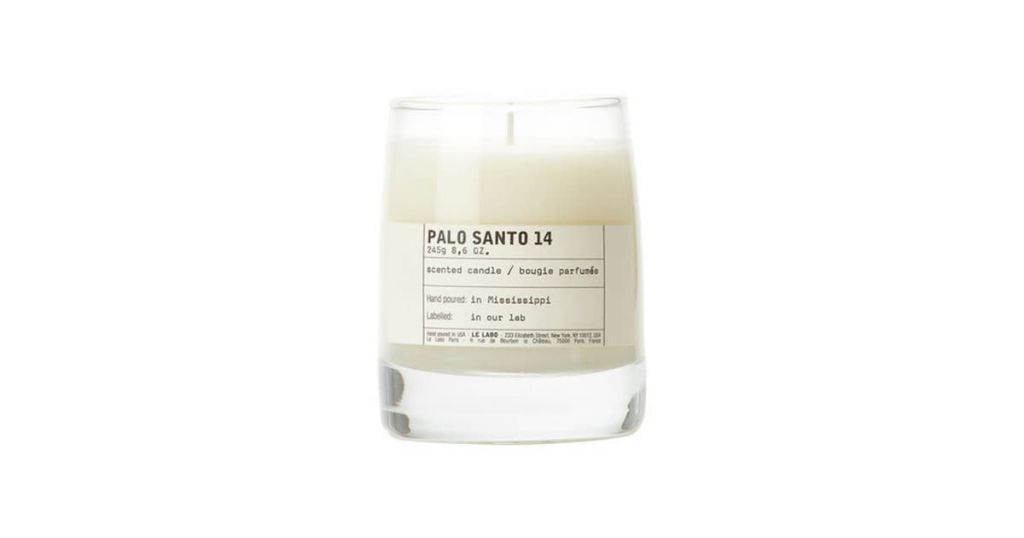
“Scent is something that enters our mind before we are even conscious what it is,” says Amy Galper, executive director of the New York Institute of Aromatic Studies. “Scent was used in religious and ritual practices because we understood very early on that smell connects us to something that is outside of ourselves.” The spiritual connection rings true for Matts, who says that the smell of frankincense “takes me right back to the church because they burn it at mass. It’s part of that ritual in my mind.”
For Jeff Madalena, co-creator of fragrance brand Carlen and founder of the aforementioned Oak, the use of palo santo in Carlen’s Aztec Noir perfume is a nod to an at-home ritual he performed with his partner and co-founder Jason Gnewikow. “For years, we would buy palo santo sticks in bulk, and we would have a bowl of them burning on our coffee table. That played into us wanting to do a fragrance with them,” he says. The scent, he elaborates, represents the duality of the ingredient. It’s meant to mimic the aroma of the wood before and after burning.
Apparently, Carlen’s consumers are drawn to that duality. Aztec Noir is the brand’s bestselling fragrance. “I’m not sure if they actively seek it out because they want to smell like palo santo, but I think when they stumble upon it, it definitely [piques] their curiosity,” surmises Madalena.
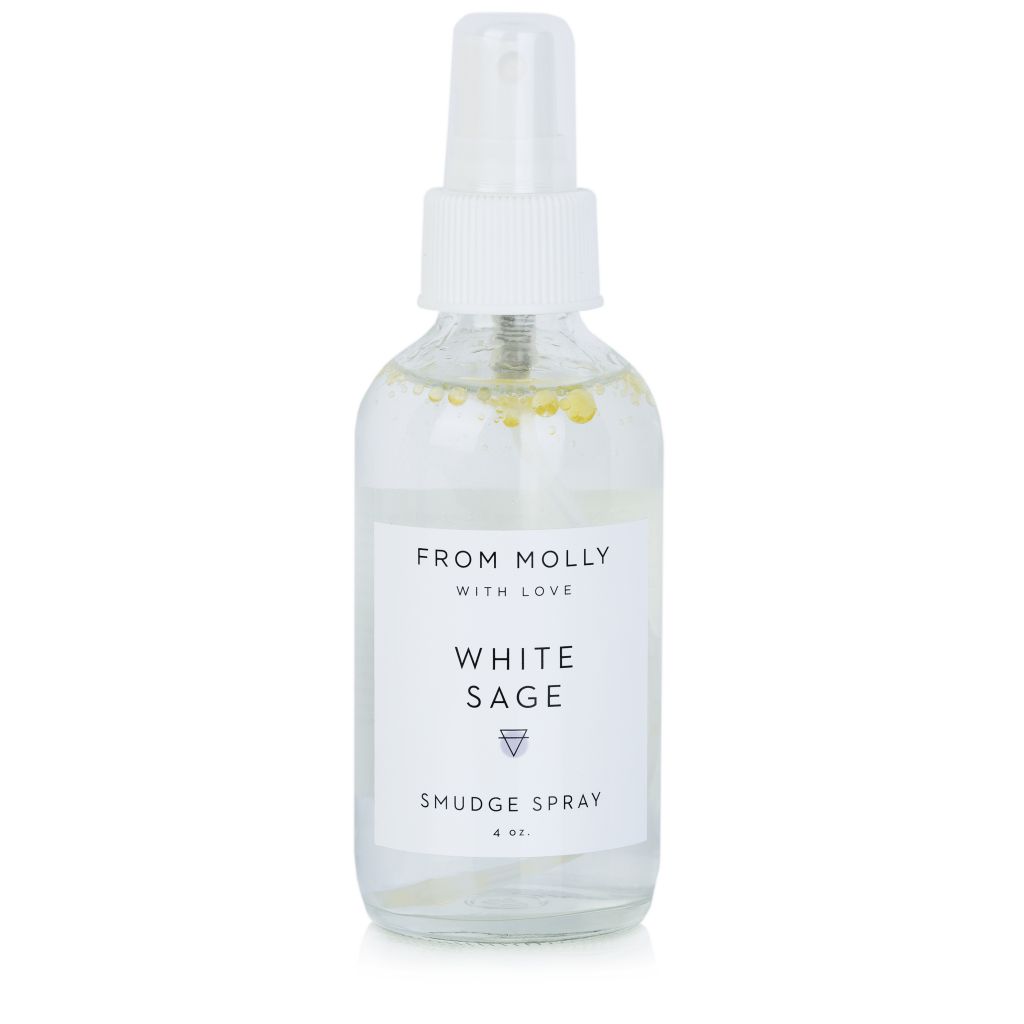
Aromas affiliated with smudging encourage a sense of self-discovery millennials tend to identify with. “People buy into the whole story,” says Matts. “They want stories that they feel are authentic and, when you go and look up these notes and see they were used in certain traditions, for them, that’s authentic. Whether it really does [anything spiritual], that’s not the issue, it’s how does that make them feel. Millennials want things that are relevant, and these are a huge contrast to what you see in the mass prestige stores.”
While smudging-related scents are increasing, Matts notes they are predominantly from niche companies as spiritual messaging doesn’t universally suit brands. “There is some validity to the mysticism element, but I’m just not sure how far you can go marketing to the masses,” he says. “Some brands could easily identify with the spiritual part and, [for] some brands, it just doesn’t work. An edgier fashion brand might be able to do it, if it’s done right. There it comes from a point of elegance or a ritual.”
“Smudging is about clearing space, cleansing something that has residue or energy that isn’t ‘yours,’” says Keinan. “It’s a primal and physical way to make an instantaneous change, to create a space for something new.” That physicality translates well to the perfume world where scents consciously or subconsciously create a perception of the wearer and a presence for him or her.
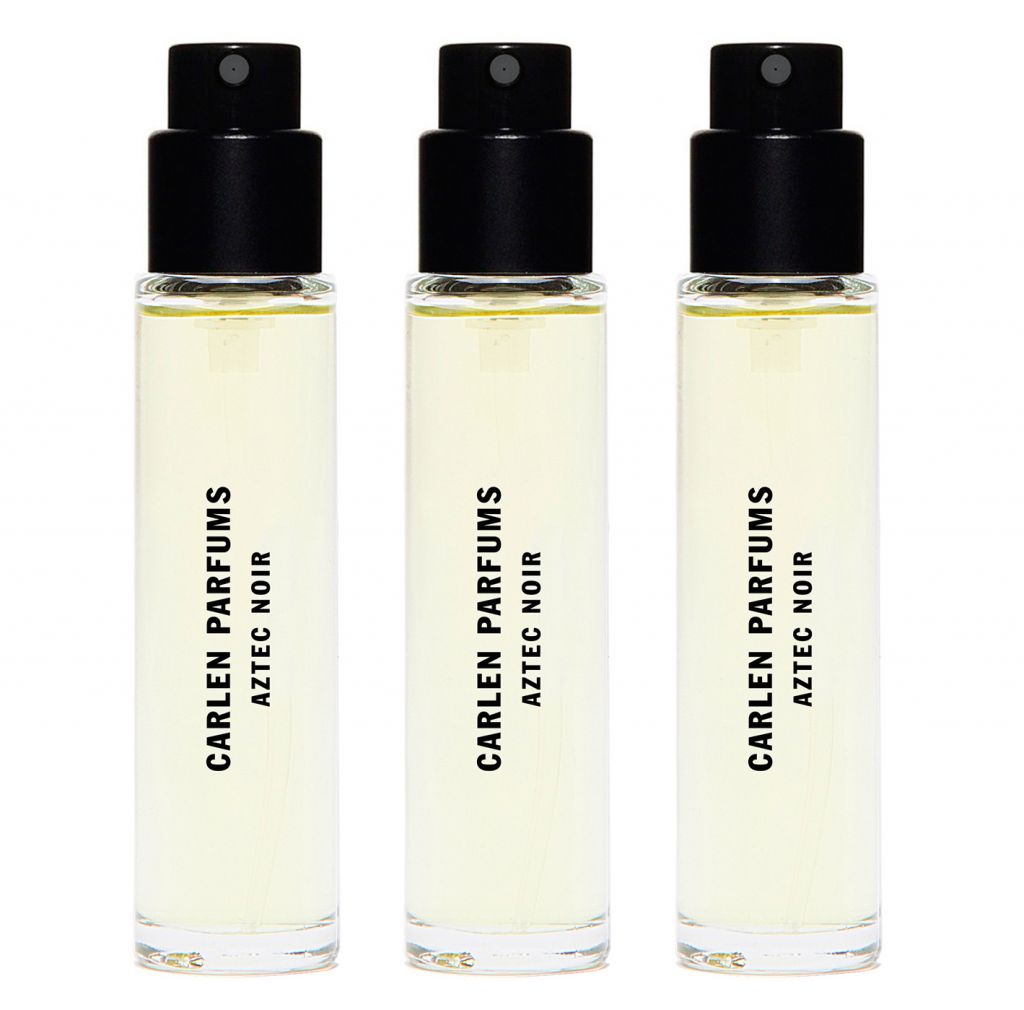
Keinan continues, “People today are hungering for these kinds of rituals and connections. The more we become disconnected through modern technology, the more we crave a different kind of experience that connects us with ‘source’ or ‘spirit.’ Smudging is a clearing of the slate.” The idea of starting fresh is particularly appealing in these stressful, click-and-go, go, go times, so it’s not hard to understand why pushing the reset button with a few quick inhalations is alluring – and millennials are spritzing away.
TAKEAWAYS
- Consumers, notably millennials, have a hunger for all things mystical and mindful, propelling the ancient ritual of smudging to become more mainstream.
- Sage, myrrh, frankincense, copal and amber are transitioning from background notes to fragrance stars.
- Palo santo is an ingredient du jour across home and fine fragrance categories.
- A millennial hunger for authenticity has changed the way brands market their scents, focusing on the spiritual rather than the aspirational.







Leave a Reply
You must be logged in to post a comment.